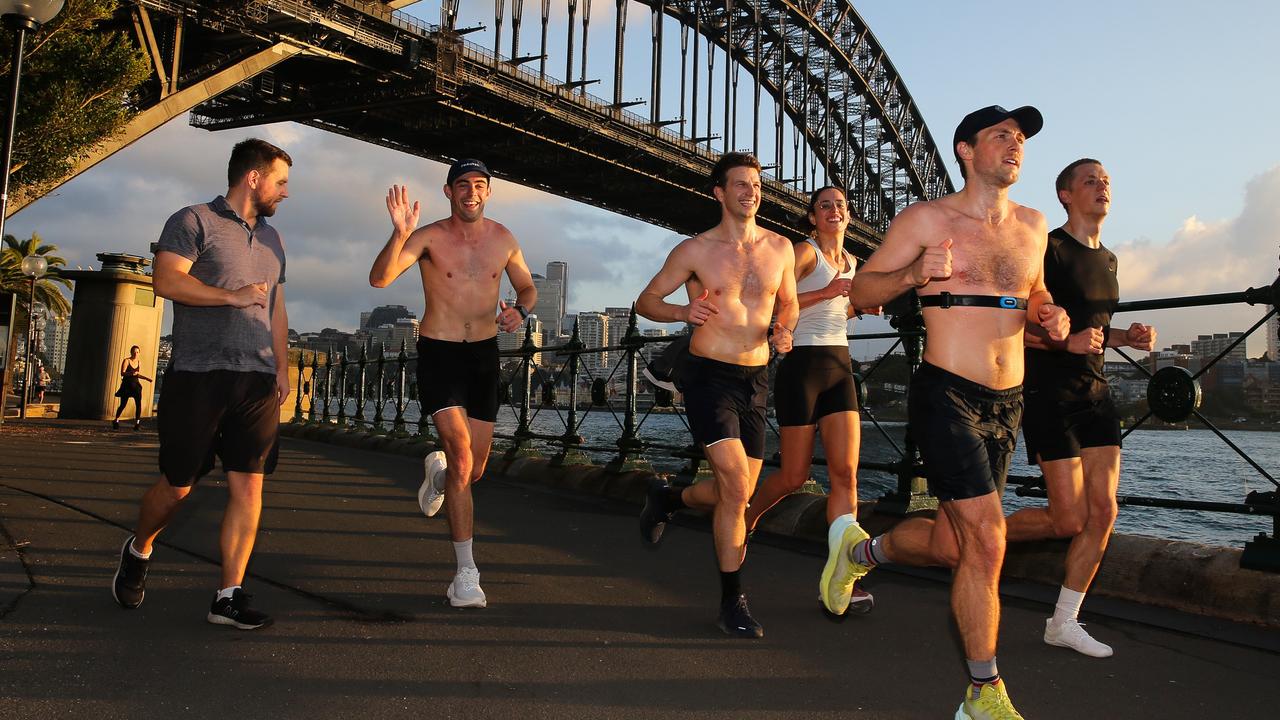How to recover from an injury like a pro
WITH time and a few expert tips, you can heal, help prevent injury happening again - and get your fitness back on track.

WITH time and a few expert tips, you can heal, help prevent injury happening again and get your fitness back on track.
There's nothing like an injury to completely throw your exercise routine off balance. Whether it's a sprained ankle, torn ligament or muscle strain, proper rehabilitation is important so you can safely return to exercise without causing any further discomfort or damage.
The most common workout-related injuries involve a tendon, ligament or muscle. A tendon is the connective tissue that attaches muscle to bone, and a ligament is the connective tissue that attaches bone to bone. The main function of tendons, muscles and ligaments is to keep the body moving comfortably. Tendon and ligament injuries usually occur near joints, such as the knee, ankle, elbow and wrist. Muscle strain can occur in any location where the muscles are overloaded. A ligament injury usually happens when you've fallen or twisted awkwardly. While muscle strain and tendon injuries can develop over time, you'll usually feel pain from ligament injuries immediately, then notice swelling and joint instability not long after.
Here's what you need to do:
ACT FAST
Treatment and recovery time for all injuries depends on the location and severity of the damage. The NSW Waratahs Super Rugby team's head physiotherapist Keiran Cleary says it's good to act fast when an injury occurs. "As much ice and compression as possible in the first 48 hours makes a massive difference. Avoiding alcohol and heat in the acute stage also helps to limit the amount of inflammation." It can also help to elevate the injured region if it's swollen.
WAIT IT OUT
In the case of a sprained ankle, where the ligaments are overstretched in mild cases or ruptured in severe cases, treatment can range from strapping to surgery. Cleary says the most important rule for resuming exercise after a ligament or tendon injury is to "ensure that all swelling is resolved, and that you're pain-free when walking and [doing] normal daily activities." It's important to wait until the area is healed to ensure the ligaments repair at a normal, functional length. Exercising too soon could cause long-term pain and damage.
GET THE RIGHT ADVICE
For the best recovery, Cleary recommends seeking an expert opinion. "Ligament and tendon injuries should always be assessed by a health professional. Depending on the severity and location, a period of bracing may be required to ensure optimal healing." A physiotherapist is the best first port of call; you don't need a referral. Physiotherapists can help with a tailored rehabilitation program and remedial massage to ensure any scar tissue is properly remodelled.
EASE INTO EXERCISE
When the swelling and pain have gone, Cleary advises a graded return to exercise. "So in the example of rugby, you'd start running sessions in a straight line, progress to changing direction/agility work, and then return to training successfully before considering playing. If at any stage the pain or swelling returned, you'd want to have your injury reassessed."
THE 72 HOURS POST-INJURY
For injuries such as sprains and strains, proper management in the first 72 hours is crucial for optimal recovery. Use the R.I.C.E method:
REST: Cease activity.
ICE: Apply it for 20 minutes every two hours.
COMPRESSION: Use a compression bandage to minimise swelling. Don't make it so tight there's tingling or colour change!
ELEVATION: Elevate the injury above heart level, as long as this doesn't increase the pain.
#1 WAY TO AVOID INJURY
If you want to avoid sprains and strains in the first place, a proper warm-up is key. A warm-up prepares your body for exercise by increasing blood flow to the muscles for improved speed, strength and range of motion.
This story originally appeared on bodyandsoul.com.au



